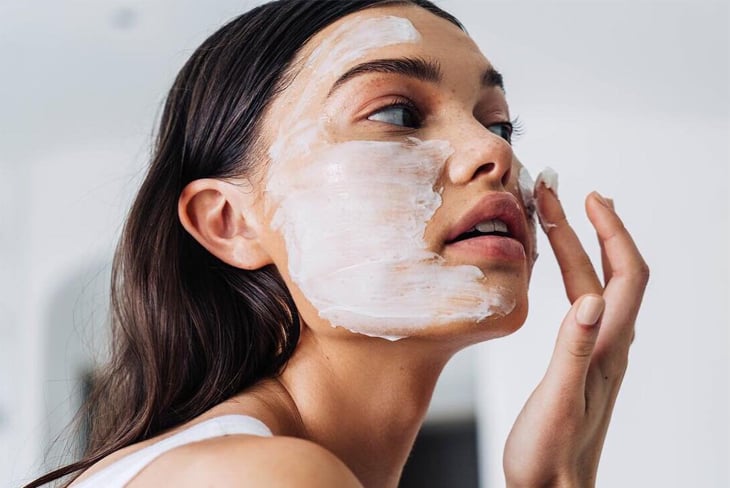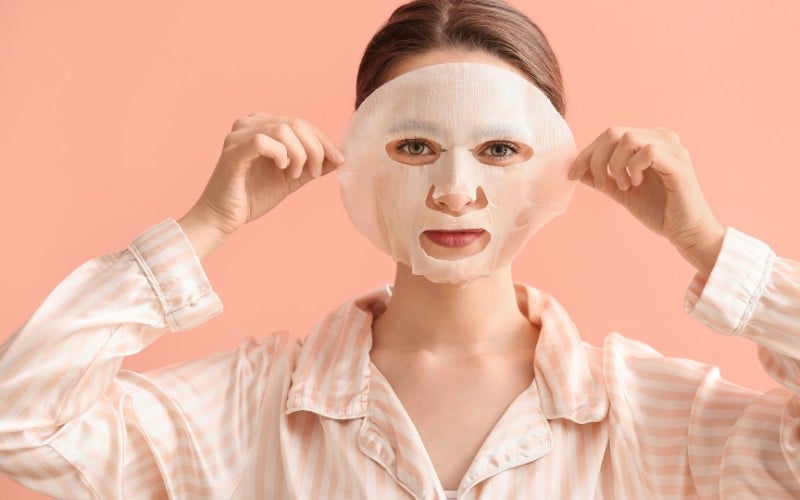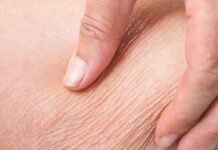Common Mistakes When Using Face Masks
Many people often feel that their skin feels tighter and softer after using a face mask, but they may unknowingly be making mistakes that reduce the effectiveness of the treatment or even worsen their skin. One of the most basic errors is not washing your hands before applying a face mask. Our hands are a breeding ground for bacteria, and if not cleaned properly, these bacteria can easily transfer to the mask and then come into direct contact with the skin during the 15-20 minute application, leading to breakouts and irritation.

Another mistake is choosing the wrong type of face mask. Different skin types have distinct needs; for instance, oily skin usually benefits from clay masks that absorb excess oil, while dry skin requires hydrating masks. Using an inappropriate mask will not only fail to improve your skin but may also lead to dryness, flaking, or breakouts. Moreover, some individuals stick to using only one type of face mask for extended periods without altering their choice according to seasonal changes, weather conditions, or their skin’s current state, resulting in subpar skincare outcomes.
Leaving the face mask on for too long is another common error. Some believe that keeping the mask on for a prolonged duration will allow their skin to absorb more nutrients. However, in reality, exceeding the recommended application time will cause the mask to draw moisture away from the skin, leading to increased dryness and imbalance. Additionally, using the incorrect amount of face mask is an issue. Applying too little means your skin won’t receive sufficient nourishment, whereas applying too much can lead to congestion and breakouts, especially when using overnight or sleeping masks.

One habit to avoid is washing your face with a cleanser immediately after removing a face mask. Doing so will wash away any remaining beneficial ingredients on the skin, rendering the mask treatment ineffective. For sheet masks, simply massage your face gently after removal to help the essence absorb better. For clay or DIY masks, a simple rinse with cool water is sufficient. Furthermore, **not applying a moisturizer after masking** is a significant mistake. Many assume that the mask is enough, but in reality, the moisturizer is the step that locks in all the benefits the mask has provided.
Lastly, for DIY face masks made from natural ingredients, **improper handling and preparation** can introduce bacteria, leading to potential redness, itching, or breakouts when applied to the skin.
The Right Way to Use Face Masks
To maximize the benefits of face masks, begin by cleansing your skin with a thorough routine of makeup removal, face washing, and steaming. These steps open up your pores, allowing your skin to better absorb the mask’s nutrients. Additionally, exfoliating 1-2 times a week will remove dead skin cells, further enhancing absorption. Most importantly, remember to always wash your hands before touching your face or applying any skincare products.
The standard steps for applying a face mask are as follows:
Chill the mask in the refrigerator before use to create a cooling sensation and tighten pores.
Wash your hands and carefully unfold the mask, adjusting it to fit your face comfortably.
Gently press the mask onto your face with your fingertips, and use any remaining essence in the packet to apply to your neck.
Relax and leave the mask on for 15-20 minutes or as directed, avoiding exceeding the recommended time.* Remove the mask and gently pat your skin to aid absorption.
A frequency of 2-3 times a week is ideal, as daily use may overwhelm your skin. When selecting a face mask, opt for gentle, hydrating options that are free from artificial fragrances and preservatives. Especially if your skin is currently experiencing irritation or open wounds, refrain from using face masks to prevent aggravating the condition.




































